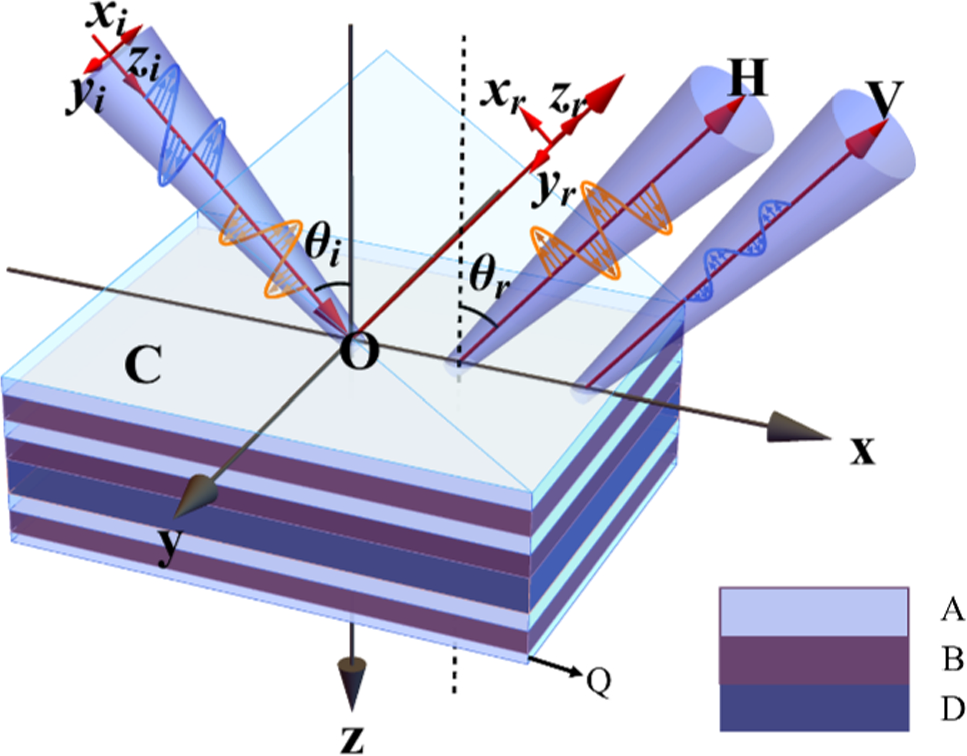Reviewed by Lexie CornerSep 20 2024
A group of researchers at the National University of Defence Technology in Changsha, China, has proposed a new approach that enables them to tune the wavelengths reflected from crystal samples. This technique could allow researchers to obtain more detailed images of their samples and would be particularly valuable for analyzing cellular systems and large molecules. The study was published in The European Physical D.
 Shifted waves reflecting from a crystal. Image Credit: J Shi et al.
Shifted waves reflecting from a crystal. Image Credit: J Shi et al.
The optical differentiation technique can improve real-time image analysis of microscopic samples. However, this method currently cannot adjust the image resolution it generates.
Jian Wu, from the National University of Defence Technology in Changsha, China, led the research team in studying this issue.
Optical differentiation involves determining how a light signal's intensity, phase, and amplitude change after interacting with a sample. This technique is especially useful for distinguishing features near sample edges, where the reflected light's brightness, color, and texture change sharply.
Wu's team investigated the behavior of Bloch surface waves, which travel along the surfaces of insulators with periodic crystal structures. They found that by incorporating these waves into their calculations, they could significantly enhance the tunability of the wavelengths reflected from the surface.
Bloch wave propagation is highly sensitive to slight changes in the incoming wavelength, leading to abrupt shifts in the positions of the reflected light beams. As the incoming and reflected light share a straightforward mathematical relationship that considers changes in polarization and intensity as the light interacts with the sample, the team was able to calculate detailed image features in real-time.
The research group now aims to extend their method to 2D crystal samples in future studies, potentially bringing this technology closer to practical use.
Journal Reference:
Shi, J., et al. (2024) Tunable photonic differentiator via Bloch surface waves. The European Physical D. doi.org/10.1140/epjd/s10053-024-00867-x